Featured Products
Train tracks are fun to photograph. With leading lines and cool textures, many photographers flock to the railroads for senior photos, family portraits, and even artsy images. There’s many dangers to photographing on the rail lines — and in many cases, you could end up breaking the law. Here’s what you need to know.
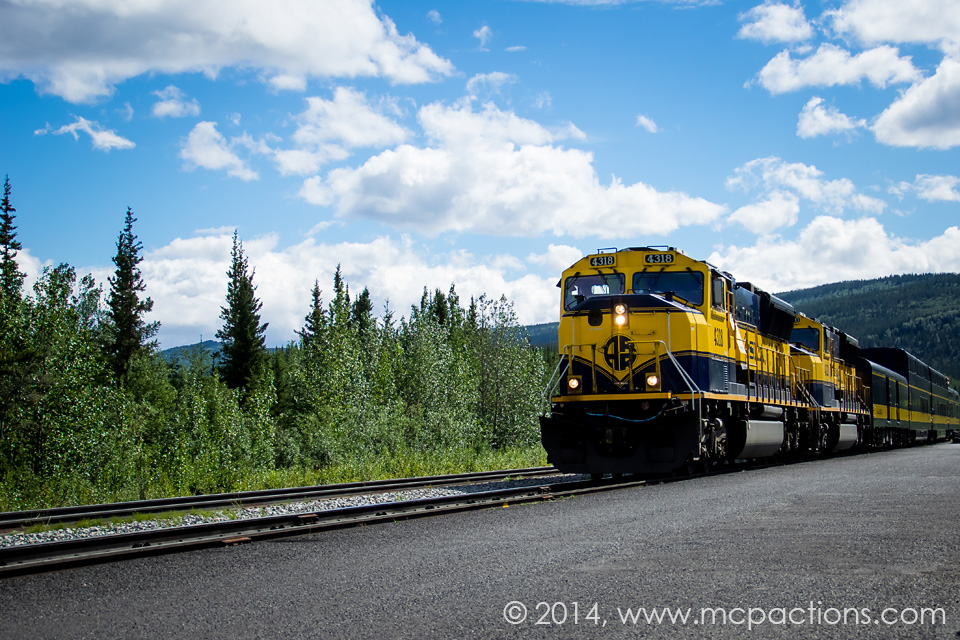
I live in West Virginia. We have gorgeous scenery and fall colors people travel miles to see. We offer history, white water rafting, superb biking and hiking…plenty of reasons for people to travel through our state. We are home to coal. We are about mid-way down the east coast, close to Washington, DC, which means many people each year travel through here on their way from point A to point B.
What does all this have in common? Trains…lots of them. We have coal trains, trains for leisurely seeing the sites, and passenger trains whizzing through to get people around quickly. We hear trains so often in my town, we have become numb to the sound of them bustling through. Until you hear that whistle, that’ll wake you up at 2am. Along with all that trains offer our communities, comes tragedy. I wish I could say it was a rare occurrence to see a train involved accident on the news. Most often, it’s not the trains fault.
The Stats — The Tragedies
The FRA, Federal Railroad Administration, reports 430 deaths per year via trespassing on railways. Just about as many injuries. Operation Lifesaver, who aims to prevent railway accidents via trespassing, tells us every THREE HOURS, a person or vehicle is hit by a train. Now, before we go much farther…let’s get the arguments out of the way…
I’ve heard the arguments before, so I decided to take a peek at the FRA report on fatalities from 2005-2010. In this report are the notes from coroners for the almost 3,000 deaths that occurred in those years. Yes, many of these incidents involve alcohol, drugs and suicide. But there were other reports that just made my heart sink. Two teenage sisters who were photographing scenery, got out of the way of one train, stepping into the path of another. That seems to happen a lot. People hear a train, look one way, see it, and it never occurs to them there is a second coming from the other direction.
A student filming for a college class, couldn’t get himself and his gear moved quickly enough. Not one or two, but three incidents of a stroller being stuck in the tracks, mothers died with their children trying to free them. Nationally in the last year we have had two photographers lose their lives on tracks. One part of film crew, who ignored their rejected permit and filmed anyway, and the other doing a client session on the tracks. Just this past weekend, one person was killed and two more critically injured as the group stood together on railroad tracks attempting to get photographs. I just want to illustrate that these deaths occur to people who thought the same thing you are thinking right now…”I can always get out of the way.”
Misconceptions – Assumptions – Excuses
There are a LOT of misconceptions about trains as well.
“Who wouldn’t hear a train coming?” In many areas the acoustics are just right for you not to hear a train until it is way too late, they can get as close as 10 feet before you know they are there. Sometimes, echoing can make trains sound closer or farther away, and even give a false sense of what direction they are coming from. Even just having a hoodie on has been shown to be enough to block the sound of a train (found in the aforementioned coroner’s reports).
“I’m not on the tracks, just photographing near them.” Two things here: one, you are still most likely trespassing. You should assume a minimum railroad right-of-way of about 30 ft, 15ft on each side, but there are some places where ROWs can extend up to 200ft. Second, most train cars overhang the rails by at least 3ft on either side so just *not on the tracks*, doesn’t mean you are clear of the danger. Still just not a good idea.
“I can see there is nothing coming.” For now. Did you know trains are not the only thing that travel the rails? All rail lines have work and maintenance vehicles that also travel their rails. These vehicles often come quickly and with far less noise than their bellowing counterparts. In addition, many different types of trains use the same tracks. So one minute, you might have a slower moving coal train, the next…a high-speed passenger train.
So, as photographers what do we need to know to stay safe and legal?
1. Trespassing on tracks is a crime, in all 50 states. Fines and other punishments can vary from state to state. And while it may not have been heavily enforced before, there is a growing movement to enforce trespassing on railways. The FRA is continually reaching out to state and local authorities encouraging them to promote railway safety.
2. Abandoned tracks is a tricky issue. Operation Lifesaver again advises us, NO tracks should EVER be assumed to be *truly* abandoned. Just because you never see a train on a certain section of rail, even if it is overgrown and missing sections of rail, does not mean it is abandoned. It is still typically owned by someone and therefore trespassing to use it. Often times, tracks have been deactivated and later reactivated, so those once quiet tracks could feature a full size train at any time.
3. There are better options. Rails-to-Trails is an AWESOME idea that has taken old railways and turned them into spectacular biking and/or hiking trails. In many cases, the BEST parts of the tracks, for us photographers, have been preserved on the trails…bridges and tunnels. They have been transformed of course for getting across easily, but the same iron, wood and stone (and awesome vanishing point) that we love so much is there. I mean seriously…check out these gorgeous locations from around the country…
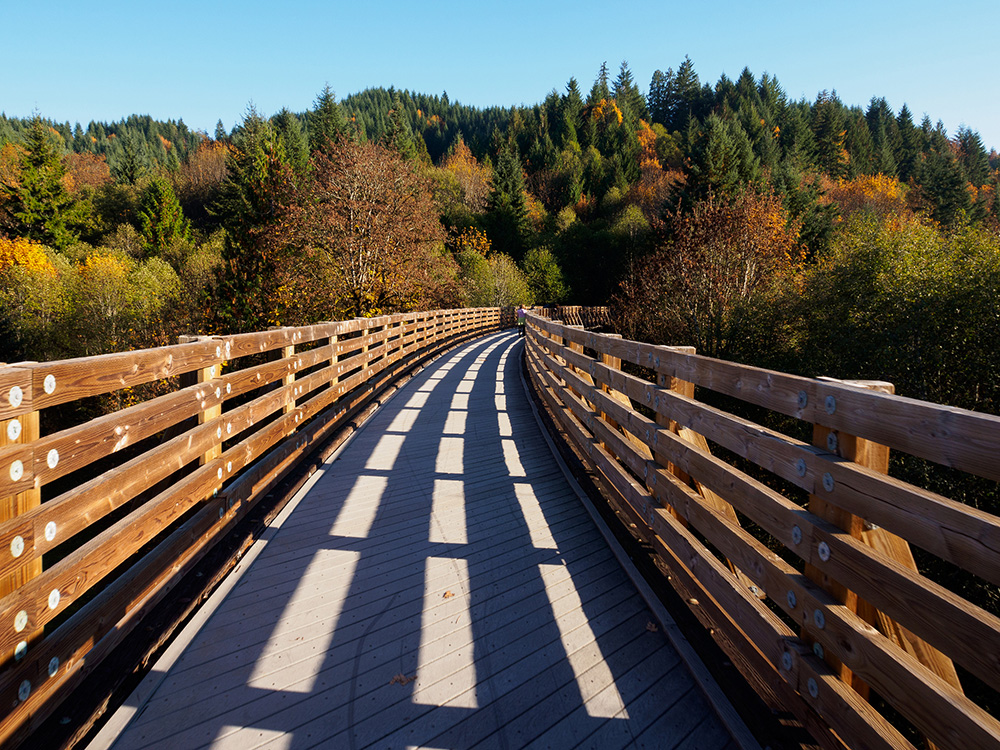
photo credit dolanh on Flickr
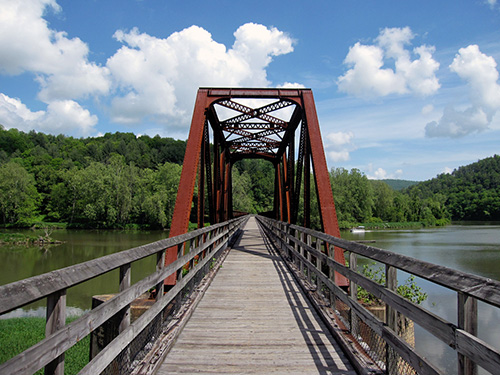
photo credit sgsam on Flickr
So, where do we find actual tracks legal to shoot on? It’s not easy.
The best bet for safety of all is to simply remove train tracks as a part of your *locations mindset*. If you REALLY need a set of tracks, say you are doing a wedding or engagement session for a conductor or engineer, well, they will probably be the first to tell you to stay off the tracks…but let’s say they would like to incorporate it somehow. You can contact their local rail company and ask if there are any options available to you and get permission for the right times and places.
If you do NOT get permission, IN WRITING (as in a permit), do NOT attempt to use their tracks. You might find a train museum where you are permitted to shoot. In some places, you can find rails through parks, sometimes even with a train car, that have now become part of park property via purchase or the aforementioned Rails-to-Trails program, but AGAIN, just because they are in a park does not mean they are owned by the park, you should contact park services to find out first.

{And PLEASE, if you get permission, or use a line that is part of park property…whenever possible, just save them for the client, don’t post them to social media. If you must, please, please stress the importance of doing it safely and legally. We don’t want new photographers seeing what you’ve done and thinking it is okay to jump on any old tracks.}
In the end, what we are begging you to do, is stop using rail lines. They simply are not safe. Besides, check out all the beautiful shots you can get without them on converted trails, since you are safe and un-rushed!!
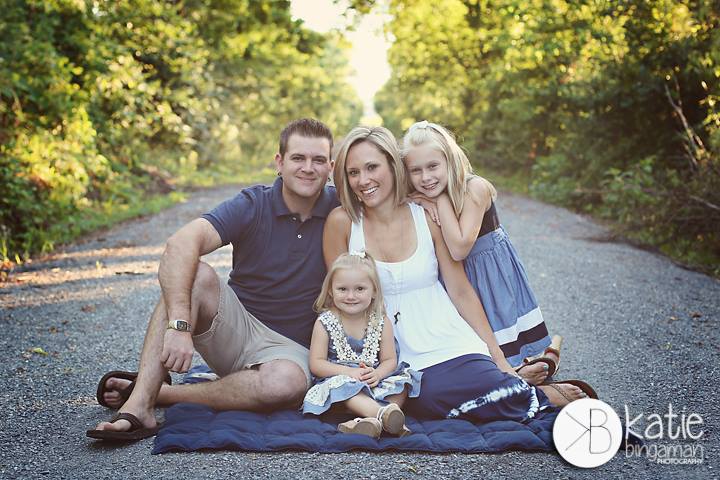
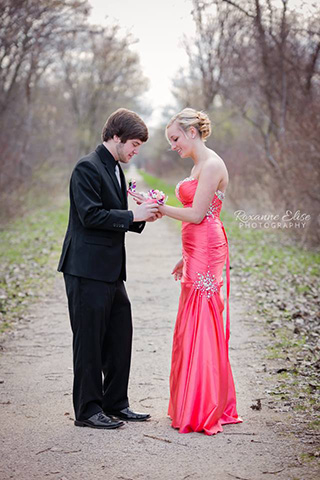
For more information on Rails-to-Trails Conservancy please visit their website. You can search for trails in your area here. For another great article on the danger of photographing on the rails please visit Kat Forder’s blog.
Kimberly Earl is a wife, mother of four and the photographer behind the lens at K. Lynn Photography in Charleston, WV. She has been looking at the world through a viewfinder since 2008. You can find her on Facebook.
No Comments
Leave a Comment
You must be logged in to post a comment.







































Great article! loads of useful information here!
Good article. It’s always amusing to see a photographer complain about customers taking images and changing them or stealing them … but they have no issues with sneaking onto private property, shooting in parks that require a permit, shooting on train tracks (which is private property) or sneaking a tripod into a structure that prohibits them.
This…so much this. I grew up sharing an appreciation for trains with my father. He instilled responsibility and respecting the power of these magnificent machines. I would not shoot on tracks no matter how much a client wants it. I will also not shoot in abandoned buildings for the same reasons: trespassing and danger.
Great article! I would like to see this go viral as it has so much valuable information. I became aware of the issue when members of the film crew died this year. I’ve never shot on railroad tracks but had I not become aware of this information, I may have at some point. Thanks for writing this article.
I’ve referred many people to this article over the past couple of years & have it pinned for easy reference. So nice to see this article still available to the public as I thought this website was being discontinued. Thanks again for keeping the article live. Also, here is a more recent rail safety article for photographers that I wrote with the assistance of Operation Lifesaver and friends in the railroad industry. http://bit.ly/TLT-Rail-Safety